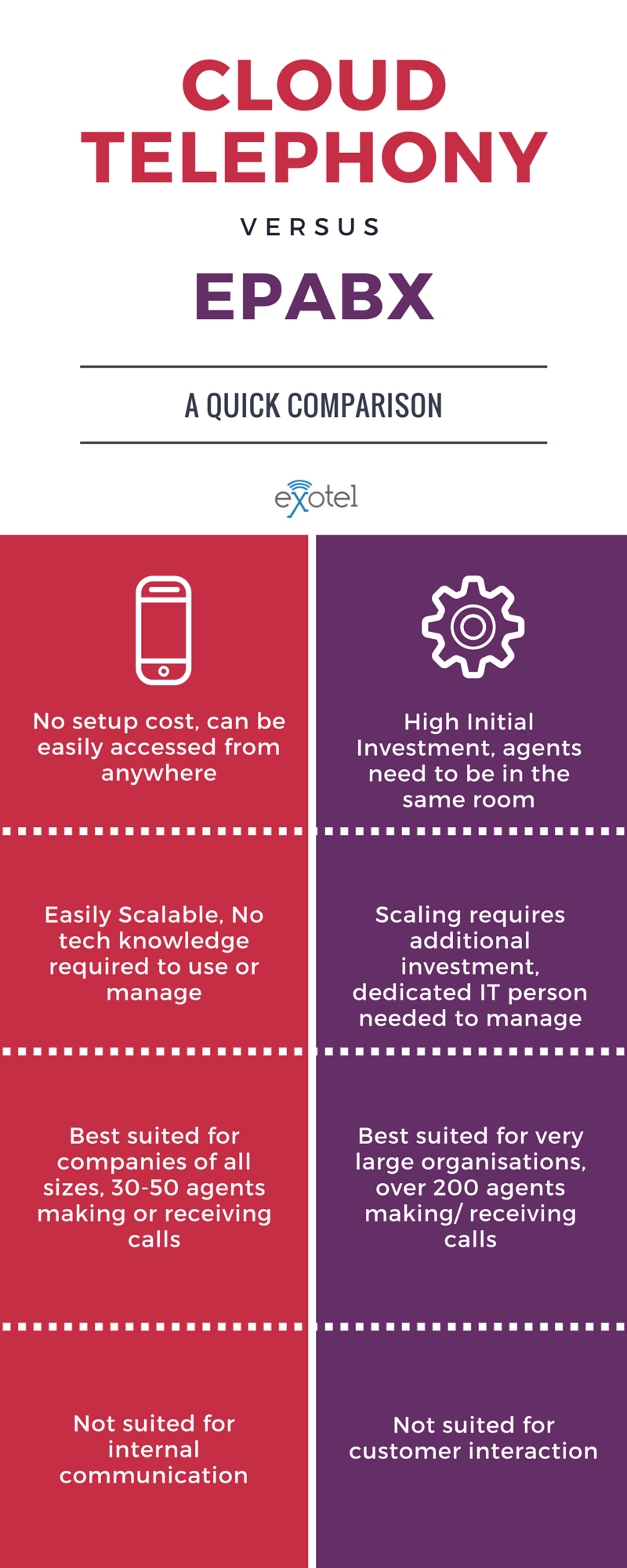If you have been ignoring cloud telephony for your business, you can’t do it for much longer.
There’s a story I never tire of recounting. I must have told it to a few hundred people so far with the same enthusiasm and the same sense of wonder because it’s the story that changed my life. It’s the story that helped me find my calling.
I was running my first venture, a medium-agnostic, C2C marketplace called Roopit that allowed buyers and sellers to connect. It seems like a no-brainer now. But in 2010, it was hard to find used goods online without jumping into a pool of spam. And I discovered this when I was trying to buy a second-hand refrigerator for myself. So, Roopit was a way for buyers and sellers to interact and finish a sale. Phone calls were the backbone for this business. And, as a bootstrapping entrepreneur, there were 2 people answering calls and I was one of them. We used to get over a 100 calls a day and I was unable to cope up with my basic mobile phone. I was missing calls, unable to keep track of conversations, not building a database and basically, it was all over the place. And that is how I came up with the idea of building a distributed call center where I’d employ people to answer calls for Roopit. They’d work remotely and answer calls on their mobile phones. They’d log details into a CRM or even just a simple spreadsheet.
Call centers have moved beyond the four walls of offices
There were 2 reasons, I didn’t want to set up a conventional call center. The first being, I didn’t have the space or infrastructure to support a full-fledged call center. Remember, I was a bootstrapped entrepreneur? The second being, I was constantly on the move. I couldn’t be strapped to a desk just to answer calls. And that’s exactly how conventional call centers worked. So, I decided to build my own solution.
When I say call center, the image that flashes in your head is that of a few hundred people sitting in rows, talking into headphones, typing furiously, that is exactly what most call centers are like. Call centers became a big deal when cell phones were still not widely popular. No one thought, it would become a medium of “mass communication.” But that is not the case today. Over 200 million Indians have mobile phones today. And not surprisingly, more and more customer conversations are moving to the mobile phone as well.
My internet was not working for a few days and when I called my service provider, they sent an engineer over after 2 days of constant follow-ups. When this engineer came over, I told him how frustrating it was to be passed around by the call center folks without getting any proper response. He promptly gave me his mobile phone number and asked me to call him directly the next time as he was the area sales engineer and the calls get diverted to him anyway. And that’s exactly what I did the next time I had an issue.
This is a potential customer conversation that is going untracked and unmeasured. There is no way to figure out how many folks are calling the sales engineer directly, is he sticking to the promised turn around time, is he missing calls and are customers getting frustrated as a result?
Cloud telephony can potentially help you track, measure and analyze even these calls. Cloud telephony can even bring in typical call center features like call barging, whispering, etc, put these calls on a dashboard, give a supervisor or manager access to a field agent’s call, use call recordings for dispute resolution and what not.
Cloud telephony is built to make the customer interaction experience far superior. And this is made possible because, just like your phone system, your CRM/ERP, Helpdesk software etc have also moved to the cloud. And the interaction between all of these ensures that your agents have all the information they possibly need to help your customers out.
Cloud telephony is also tailor-made for listing services due to the level of tracking and analysis that is possible. When businesses use cloud telephony, a restaurant listing website is now able to figure out exactly how many people made a reservation after browsing through their website. And the restaurant is able to understand exactly how their customers are finding out about them.
So, what happens to that PBX system that businesses traditionally had in their offices? Does it now become obsolete?
The traditional PBX system is just like a telephone exchange. It allows for 2 people to seamlessly connect and talk. Like a landline phone. You make or receive a call, have a chat and hang up. It works when you have no bigger purpose to the call than having a chat. But think about it in the context of a customer interaction.
When you call a customer support number, your intentions are far from just having a casual chat. In all possibility, you’re irritated. You want someone to hear you out, solve your problem and if they can’t solve your problem, escalate it to someone who can and then give you closure. And this where cloud telephony kicks some serious ass.
When the PBX system moves to the cloud, new possibilities open up. Cloud telephony is the best fit for businesses that want to track, measure, monitor and analyse all of their business phone interactions.
Note: An edited version of this article appeared here on Data Quest.






 +91-8088919888
+91-8088919888 +61-2-8073-0559
+61-2-8073-0559 +62-215-098-4960
+62-215-098-4960 +60-3-2771-2799
+60-3-2771-2799 +65-6951-5460
+65-6951-5460